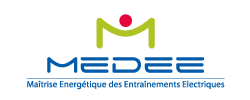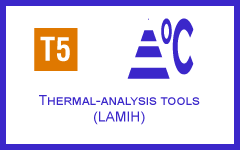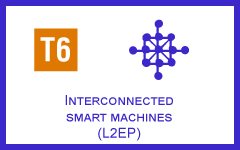The goal of this task is to build a demonstrator: an integrated, reliable, fault-tolerant, low environmental footprint power converter.
T7.1: definition of the specification for the demonstrator with a power of a few tens of kilowatts
In this sub-task, it will be necessary to define the choices of the speed, the possible speed reducer, the active load and its associated converter. In the same way, the modular mechanical structure making it possible to validate several solutions will be defined as well as the choice of the most important functional ribs. Finally, the main sensors and measuring systems for performing the necessary functional tests will be chosen and their positioning studied.
This first sub-task will be carried out in close collaboration with those responsible for other tasks.
T7.2: planning for the implementation of the basic structure
This sub-task is an intermediate step to validate the training test environment. It will include the stages of choice of the existing parts in the trade, definition of the subcontracting, execution of the mechanical drawings, follow-up of the realization and the assembly, and setting up of the instrumentation.
The first tests will be carried out with a basic solution based on a conventional three-phase asynchronous machine. In this solution, the static converter will not yet be integrated into the machine.
T7.3: realization of the reference solution, with high functional reliability
This solution is based on a machine comprising a magnet rotor and a conventional organic winding stator, but polyphase. It is therefore a conventional machine by its structure. However, for this machine, the static converter will be integrated using the results of task 1. In order to guarantee a high functional reliability, the command will be able to manage operations in degraded mode, which will have to be detected automatically.
T7.4: realization of unconventional solutions
In general, the actuators carried out in this sub-task will be based on inorganic coils. Two cases will be tested :
- case of a machine with conventional temperature (hot spots at T <250 ° C) and with integrated converter. For this machine, high structural reliability will be sought.
- case of a high-temperature machine (presence of internal hot spots at T> 300 ° C) for which a case where the converter is not integrated and a case where it is.
The designs of these machines will be based on tasks 3, 4 and 5.
T7.5: synthesis of design rules
This is a cross-cutting task that will aim to define the design rules of an intelligent integrated energy converter. These rules will have to rely on the expertise of the different tasks that should be capitalized, after they have been validated on this demonstrator.
Scientific organization of the ce2I project






















